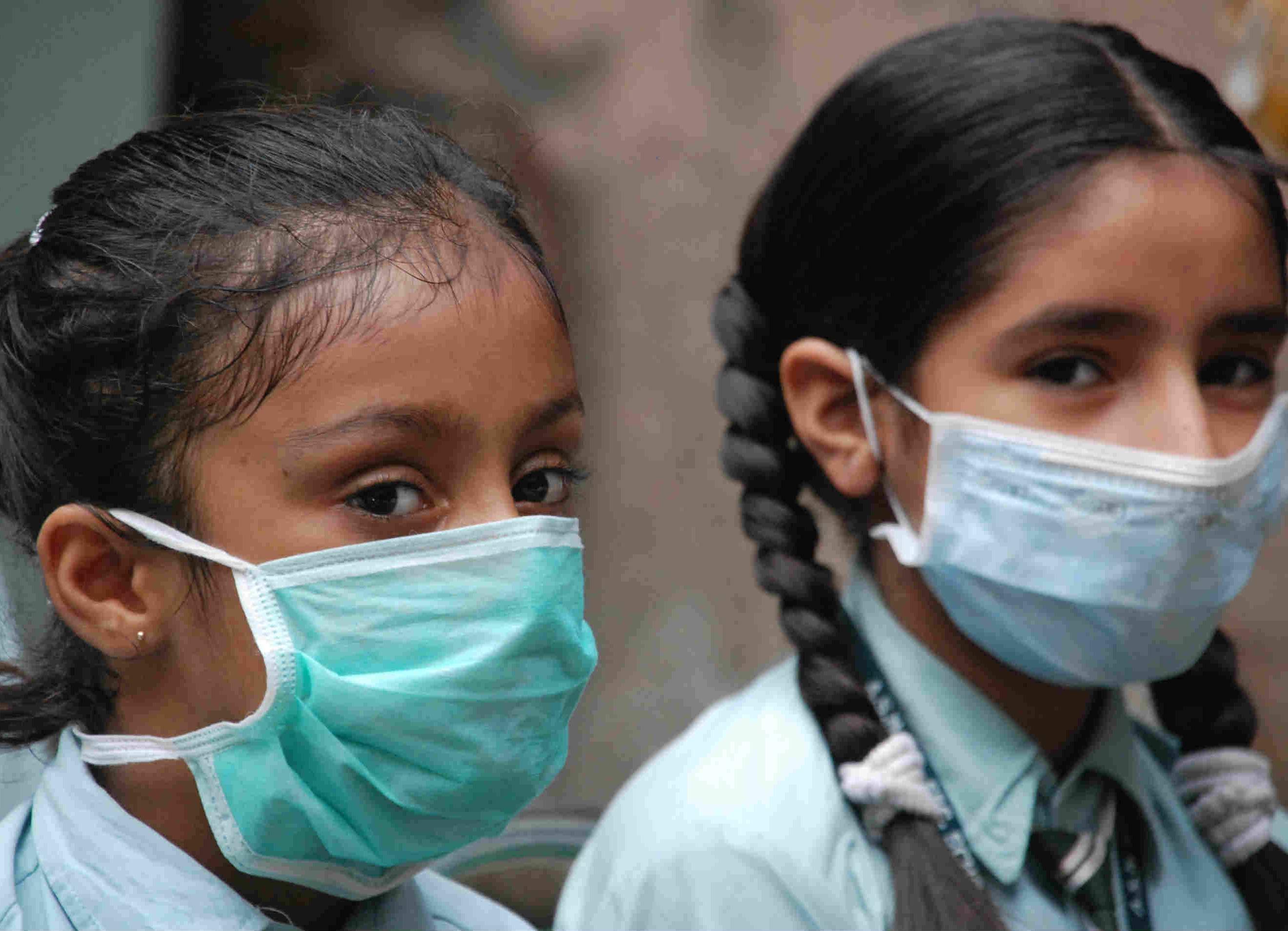At least 40 people have died and more than 1,000 have tested positive for swine flu since the beginning of the year in a western Indian state popular with foreigners, according to authorities.
The highly contagious H1N1 virus that spreads from human-to-human killed around 1,100 people and infected 15,000 across the country last year.
“Total deaths are 40 and positive cases are 1,036 as from January 1 to 17 in Rajasthan. One of the deaths occurred on Thursday,” a statement by the Rajasthan health department said on Friday.
Rajasthan’s Jodhpur district recorded the highest death toll with 16 fatalities and 225 people testing positive.
At least two people suffering from suspected swine flu also died in New Delhi this month, local media reported.
The capital has reported 168 cases until January 13, according to the National Centre for Disease Control (NCDC).
Swine flu cases generally spike in the winter months of December and January in the west and north of the country including in Rajasthan and in New Delhi.
Authorities in Rajasthan, famous for its deserts and palaces, have told doctors they must seek permission before going on leave and plan a door-to-door campaign to detect infected patients.
Health officials have also launched an awareness campaign to sensitise people about symptoms, precautions and treatment, and have screened more than 5,100 people. No travel advisory has been issued, however.
One high-profile victim in New Delhi this week was Amit Shah, a top aide to Prime Minister Narendra Modi, who was admitted to hospital with the virus.
Shah, president of the right-wing ruling Bharatiya Janata Party (BJP) shared the news of his illness on his Twitter page.
A global pandemic alert for swine flu was declared by the World Health Organization in 2009 after early outbreaks in North America spread rapidly around the world.
Since late 2010, swine flu has been classified as a seasonal influenza virus.
Symptoms include fever, cough, headache, muscle and joint pain, sore throat and runny nose, and sometimes vomiting and diarrhoea, according to the WHO.
(Source: Aljazeera)






 WhatsApp us
WhatsApp us 

